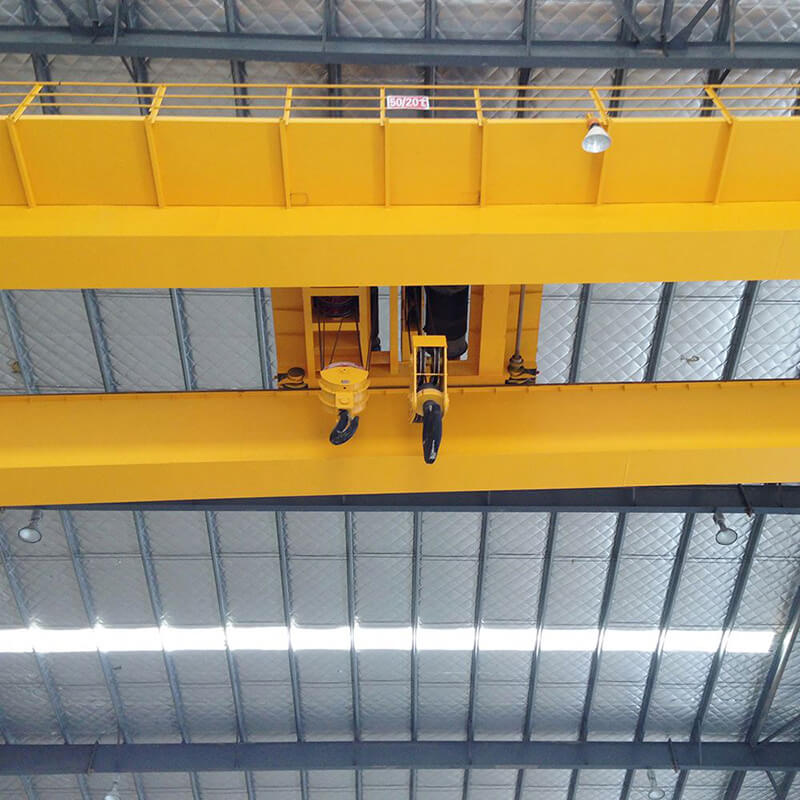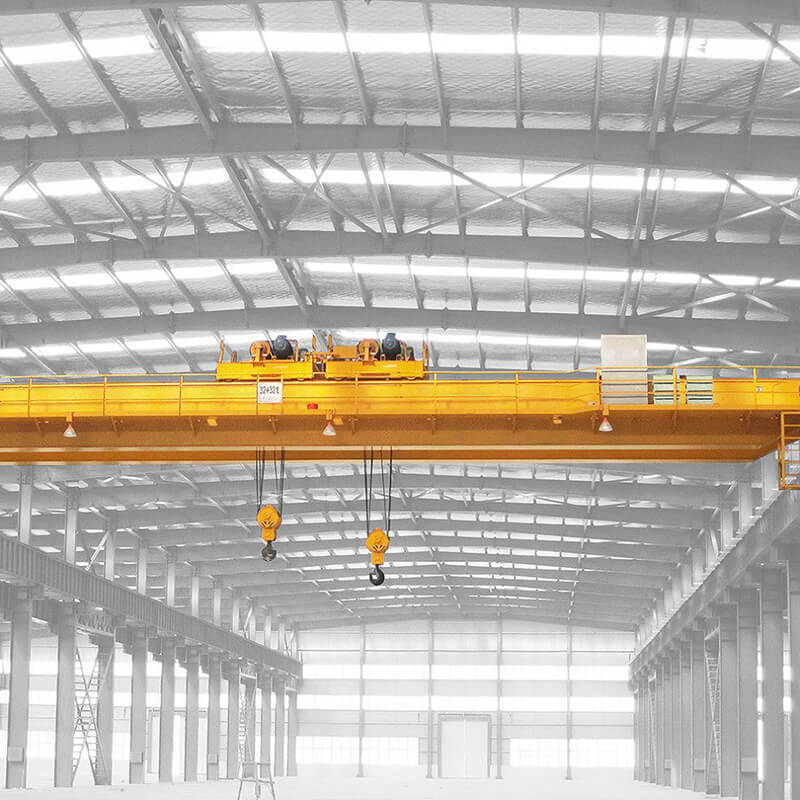Failures that will occur during the running-in period of the new crane and precautions during the ru
Generally, newly purchased cranes will experience a running-in period during use. The new cranes will experience faster wear, poor lubrication, and loose parts during the running-in period. Therefore, the crane should be used during the running-in period to control the number of operating errors and avoid lubrication. Check regularly to avoid looseness and prevent leakage. Below, the editor will give you a detailed introduction to the failures that will occur during the running-in period of the new crane and the precautions during the running-in period.
1. What failures will occur during the running-in period of the new crane?
1. Faster wearBecause of the influence of factors such as the processing, installation and adjustment of new machinery parts of the crane, the appearance of the conflict is rough, the touch area of the cooperation surface is small, and the external pressure is uneven. During the operation of the equipment, the concave and convex parts of the parts surface interfit and conflict with each other, and the metal scraps that fall off are used as abrasives, which will increase friction and accelerate the wear of the parts in cooperation. Therefore, during the running-in period, the wear of the parts is simply formed, and the wear rate is fast, so pay attention to the usual maintenance.
2. Poor lubrication
Because the cooperation gap of newly installed parts is small, and because of installation and other reasons, it is difficult to ensure the uniformity of the cooperation gap. Lubricating oil is not easy to form a uniform oil film on the surface of the conflict to prevent wear. Then reduce the lubrication efficiency, forming the abnormal wear of the mechanical parts in the early stage.
3. Loose parts
Newly processed and assembled parts and components have deviations in geometric shape and matching dimensions. In the early stage of use, due to the impact of alternating loads such as shock and vibration, as well as the influence of factors such as heat and deformation, and excessive wear and other reasons, they are easy to cause The originally fastened parts are loose. Moreover, loose parts can cause leakage such as oil leakage.
Some parts of the newly purchased crane are not familiar, or the operation is not easy, which may cause some mistakes, especially for new operators, which are prone to failure. Therefore, familiarize yourself with the new mechanical equipment first, and then officially enter it after the break-in period.

2. Matters needing attention during the running-in period of the crane
The running-in time of a new crane is generally about 60 hours, which is stipulated by the manufacturer according to the technical characteristics of the crane for the first time. The manufacturer has a warranty period, and the manufacturer is responsible for repairing the damaged machine. Therefore, the machine is overloaded for a long time during the running-in period, resulting in frequent and early failures of the machine. This not only affects the normal use of the machine, but also shortens the service life of the machine. And because of the damage of the machine, the progress of the project was affected. Therefore, the use and maintenance of the crane during the running-in period should attract enough attention.1. Control the number of operating errors. Due to insufficient understanding of the structure and performance of the crane, it is easy to cause malfunctions due to operating errors, and even cause mechanical accidents.
2. Avoid poor lubrication. As the fitting clearance of newly assembled parts is small, and due to assembly and other reasons, it is difficult to ensure the uniformity of the fitting clearance, and it is difficult for lubricating oil to form a uniform oil film on the friction surface to prevent wear. Thereby reducing the lubrication efficiency, causing the early abnormal wear of the machine parts. In severe cases, it will cause scratches or seizures on the friction surface of the precision fit, leading to failures.
3. Check regularly to avoid looseness. The newly processed parts have deviations in geometric dimensions and matching dimensions. In the early stage of use, due to the influence of alternating loads such as impact and vibration, as well as the influence of heat and deformation, plus excessive wear and other reasons, it is easy to loosen the originally fastened parts.
4. Prevent leakage. Due to the loosening, vibration and heat generation of the machine, the sealing surface of the machine and the pipe joints will leak; some casting and processing defects are difficult to find during assembly and debugging, but due to vibration and impact during operation, this defect is exposed and manifests as Oil spill. Therefore, leakage is likely to occur during running-in.
5. Wear rate. Due to the influence of new machine parts processing, assembly, adjustment and other factors, the friction surface of the crane is rough, the contact area of the mating surface is small, and the surface pressure is uneven. During the operation of the machine, the uneven parts on the surface of the parts cooperate and rub against each other, and the fallen metal fragments continue to participate in the friction as abrasives, accelerating the wear of the mating surfaces of the parts. Therefore, it is easy to cause the parts to wear during the running-in process, and the wear rate is fast. At this time, if it is overloaded, it may cause damage to the parts and cause early failure.
The above is the breakdown of the new crane during the running-in period and the precautions during the running-in period. I hope the editor's summary can help you all. If you have any questions, please leave a message at the bottom of the website for consultation.




